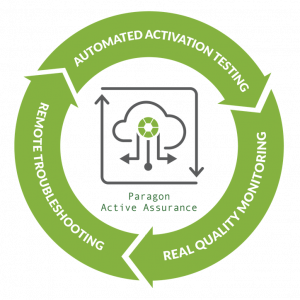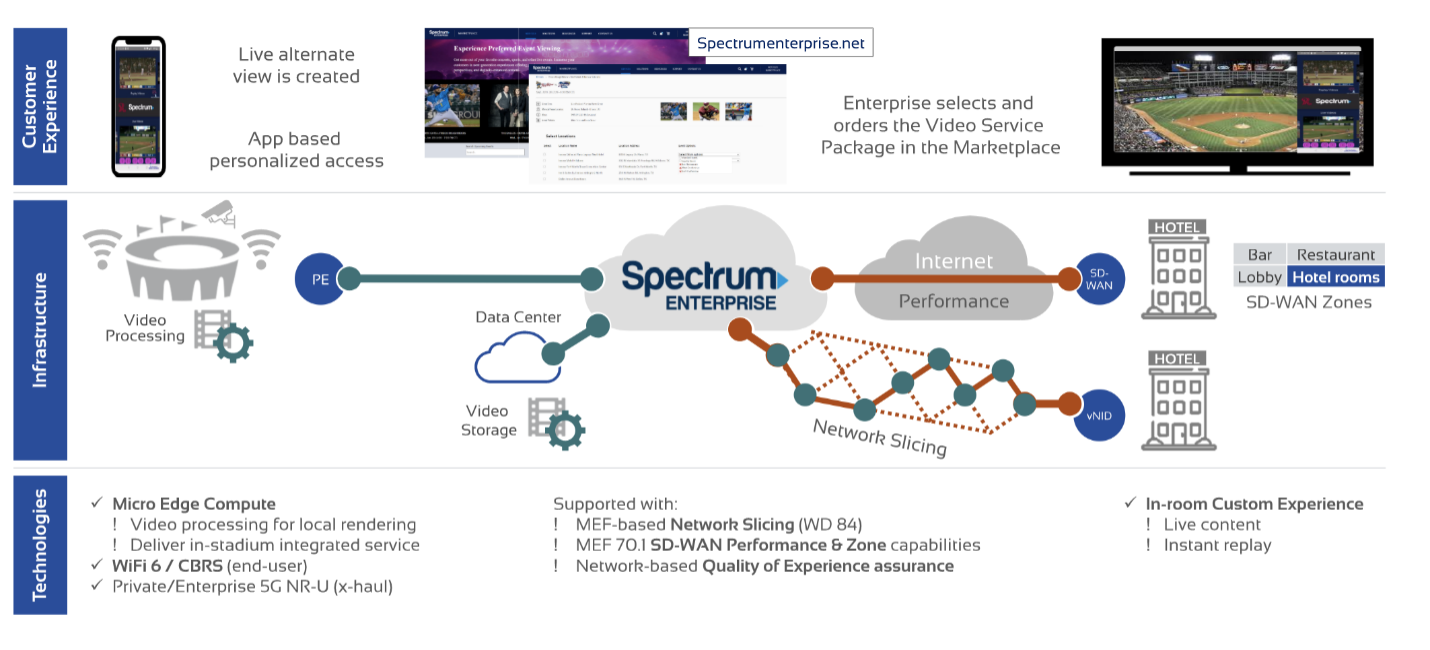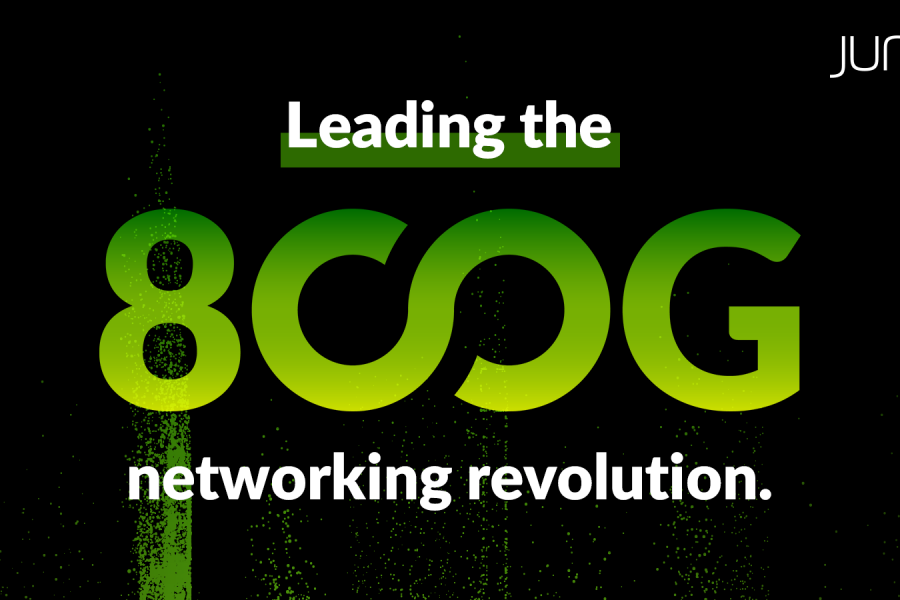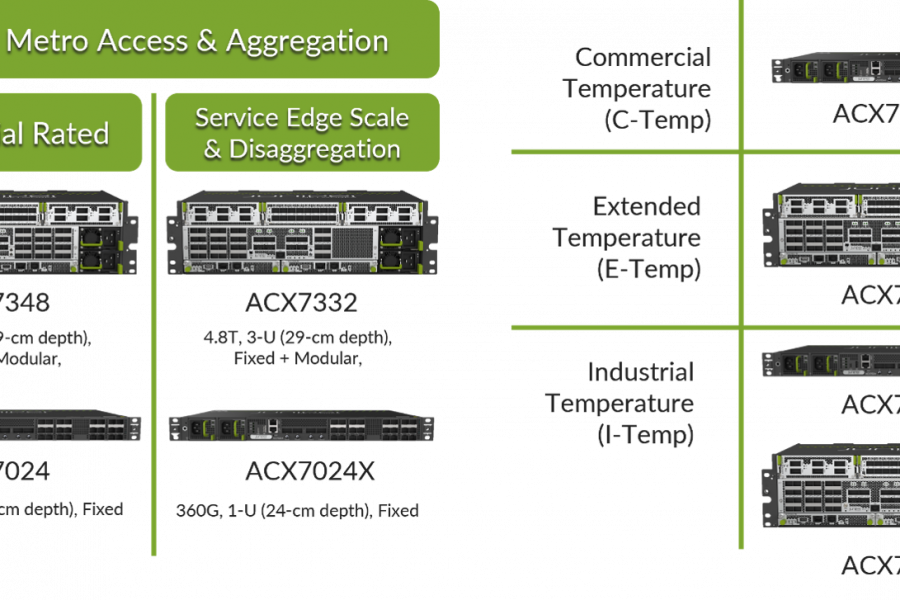In the Experience-First Networking era, the most successful communications service providers (CSPs) are those that differentiate themselves with a superior customer experience by delivering uninterrupted service quality. Take the delivery of 5G services for connected cars, for example. Customers expect low latency and seamless connectivity. Similarly, today’s corporate employees require low response times no matter where they may be located, whether at home or in a corporate office.
However, ensuring service quality has never been more difficult for several reasons. Service definitions now include specific performance characteristics that are not always measured through the end-to-end service delivery chain. Network services are delivered over multiple network segments and sometimes managed by third party providers. Business pressure dictates service delivery teams to onboard customers as fast as possible, often at the expense of validating that service characteristics are delivered. Service updates and configuration changes often degrade service performance without anyone noticing them until customers start using their services. As if this wasn’t difficult enough, the effects of the pandemic and increased remote work requirements have limited engineering teams’ ability to perform manual tasks on site and identify and troubleshoot problems.
And, as revealed in a recent survey by Ernst & Young, it is therefore no surprise that communication service providers’ most strategic initiative is to improve the customer experience.

If user experience has been at the top of executives’ minds for so long, then what is preventing CSPs from significantly improving customer experiences?
Services Are Not Tested Thoroughly
Research shows that many services are delivered without the proper service activation testing, even at a primitive level. That’s because activation testing historically requires expensive field efforts, which service providers have been reluctant to undertake due to capital and resource restrictions. As a result, problems are often discovered later by customers, resulting in costly field work and customer frustration.
Incomplete and inadequate service validation creates frustration for customers, leading to damaged reputations and churn. Service delivery teams need a way to automatically validate service levels before releasing to their customers.
SOC/NOC Departments Lack Real Service Quality Visibility
To provide a fix, we first need to better understand the problem. Network operations are working “blind” and often fail to discover and manage network performance due to the lack of the right tools for necessary visibility.
It is rather easy to understand when there is an outage due to an equipment failure. By contrast, performance degradations are difficult to spot as they are primarily due to misconfigurations or non-optimal configurations in the service chain.
Now, how can CSPs ensure that an end-to-end service is performing for all users and/or customers? Is it enough to check that every network infrastructure element performs well? In the era of network virtualization, do they focus only on network functions, or do they need to ensure functions are properly chained? How can customers demonstrate that the issues they are experiencing are rooted in unexpected and intermittent network quality drops rather than in their own applications or data centers/cloud infrastructure?
Today, it’s clear that service operations centers (SOCs) and network operations centers (NOCs) rely on traditional monitoring solutions that are unable to mitigate performance degradations, as these solutions are looking at network devices and infrastructure instead of focusing on how employees and customers are able to use network services and corporate applications.
Paragon Active Assurance to the Rescue

Our survey on network brownouts revealed that organizations that run active testing and monitoring see five to 10 times fewer network performance degradations and can identify the cause of those degradations much faster.
Paragon Active Assurance measures service quality by running synthetic transactions on the data plane. With it, communications service providers are able to identify quality issues on the end-to-end service chain and solve these issues before their customers are impacted. It also allows them to identify quickly when connectivity purchased from third party providers are degrading the overall end to end quality. Leveraging active assurance translates into fewer complaints from customers, fewer escalations between sales, customer care and management and allows engineering to refocus their time on strategic planning.
Looking at the market as a whole, as service delivery becomes more dynamic and self-serviced, service assurance can no longer be an afterthought, deployed years after network rollout. Instead, assurance must be automated and built into the operational lifecycle from the get-go.
While Active Assurance can help CSPs become more proactive and solve network problems before customers are impacted, active assurance is also a critical component of an intelligent network automation solution.
Building Active Assurance into the Operational Lifecycle
To illustrate how active assurance can help provide a differentiated experience, let’s have a look at one of this year’s MEF 3.0 PoC Showcase Sessions, Revolutionizing the Live Event Experience.
Our MEF proof of concept with Spectrum Enterprise demonstrates a differentiated viewing experience for spectators at live events. The PoC enables fans to watch a game the way they want by selecting viewing preferences for live viewing angles and unique replays.

The PoC, in collaboration with Adva and Equinix, leverages innovative technologies, including edge computing, MEF’s emerging working draft 84 on network slicing, artificial intelligence (AI), machine learning (ML) and network-based quality of experience (Juniper Paragon Active Assurance).
In this PoC, virtual active test agents from Paragon Active Assurance are deployed and service quality tests are automatically activated in order to guarantee that the service meets customers’ quality of experience expectations.
Top Honors at MEF 3.0
In the Q1 2021 MEF 3.0 Proof of Concept (PoC) Showcase, Juniper Paragon Automation solutions received top honors by participating in two award-winning PoCs. The Revolutionizing Live Events PoC (PoC 132) received the Judge’s Choice Award. The Orchestrated Multi-edge Clouds (PoC 131) received the Market Game Changer Award. Learn more about the Orchestrated Multi-edge Clouds PoC in this blog.


